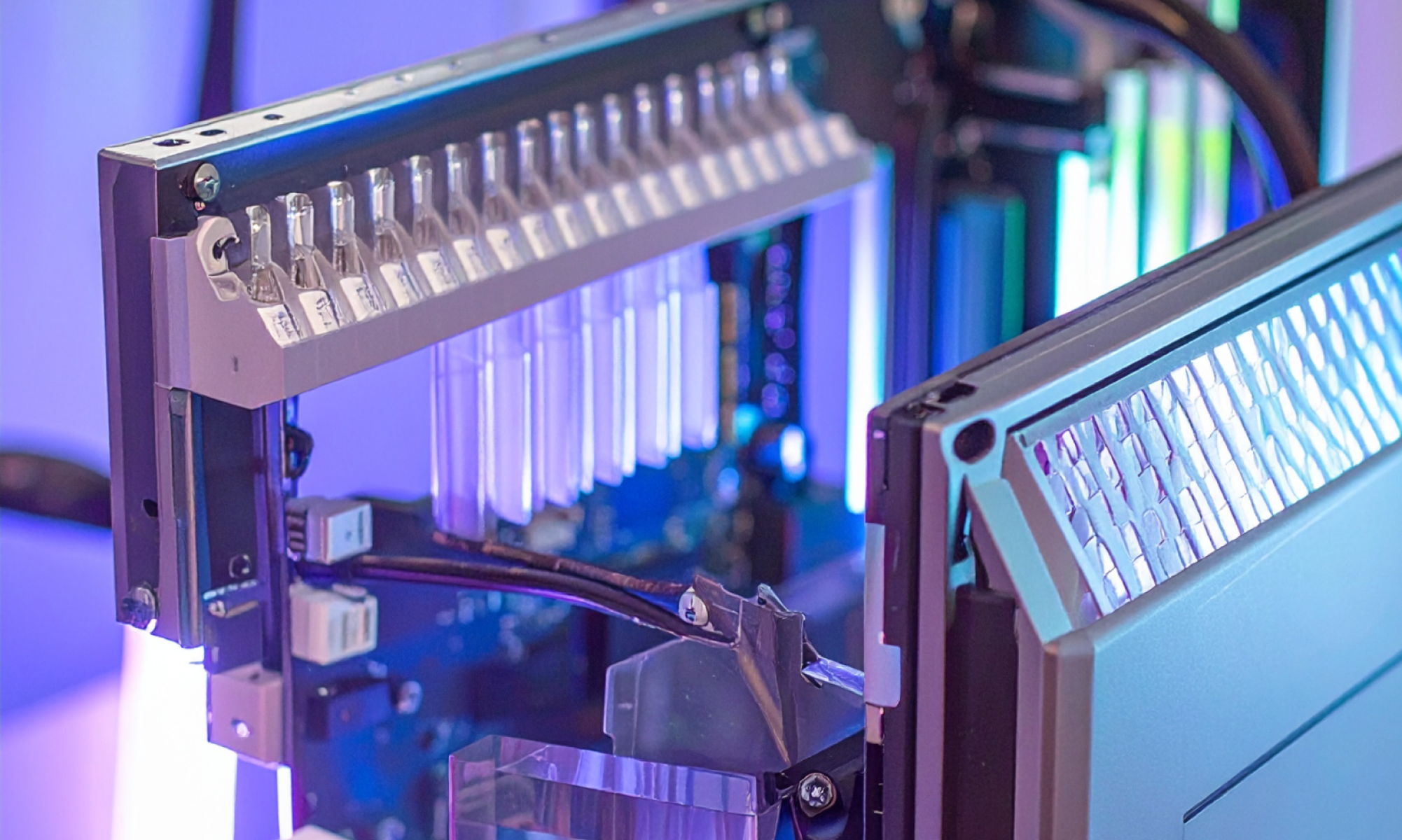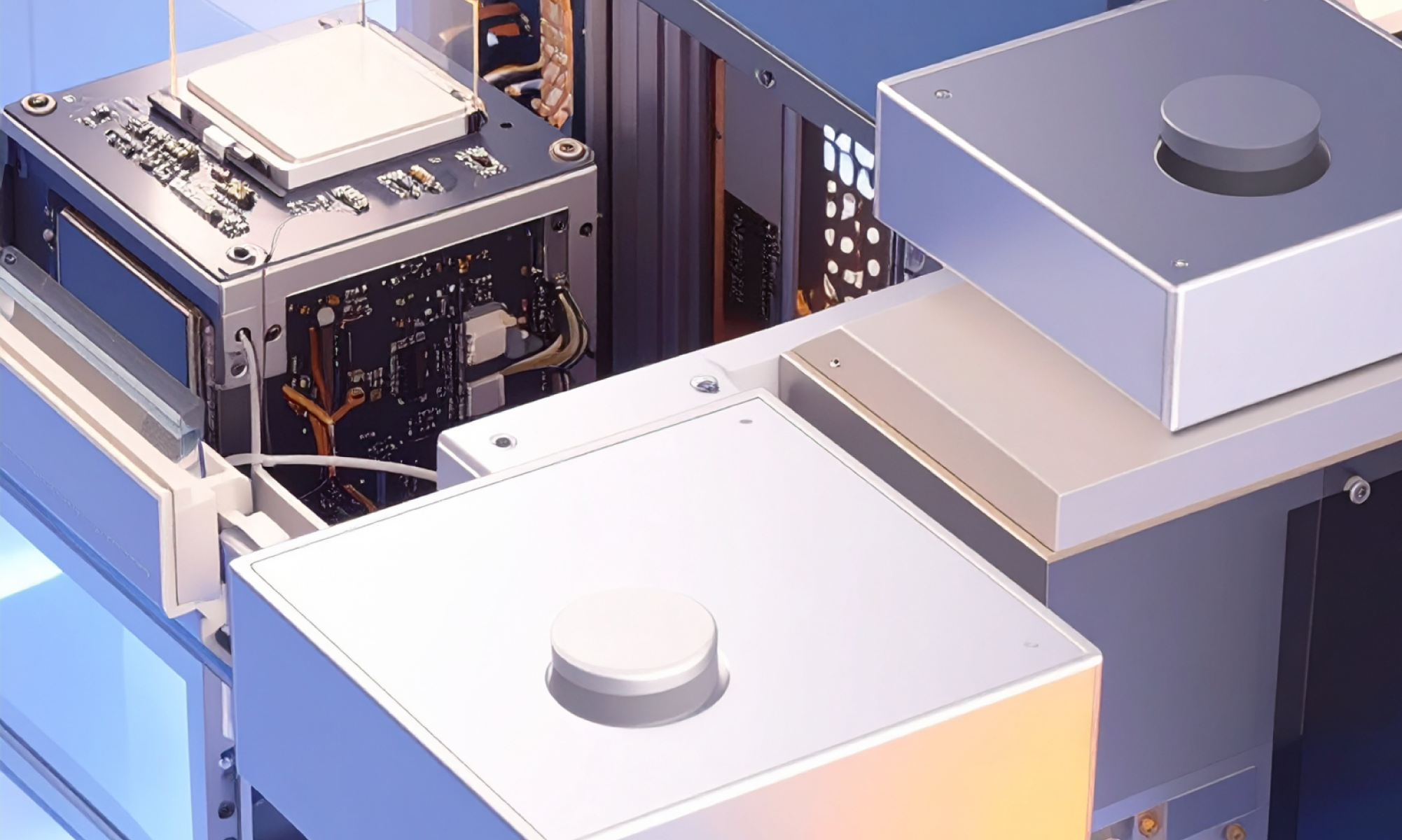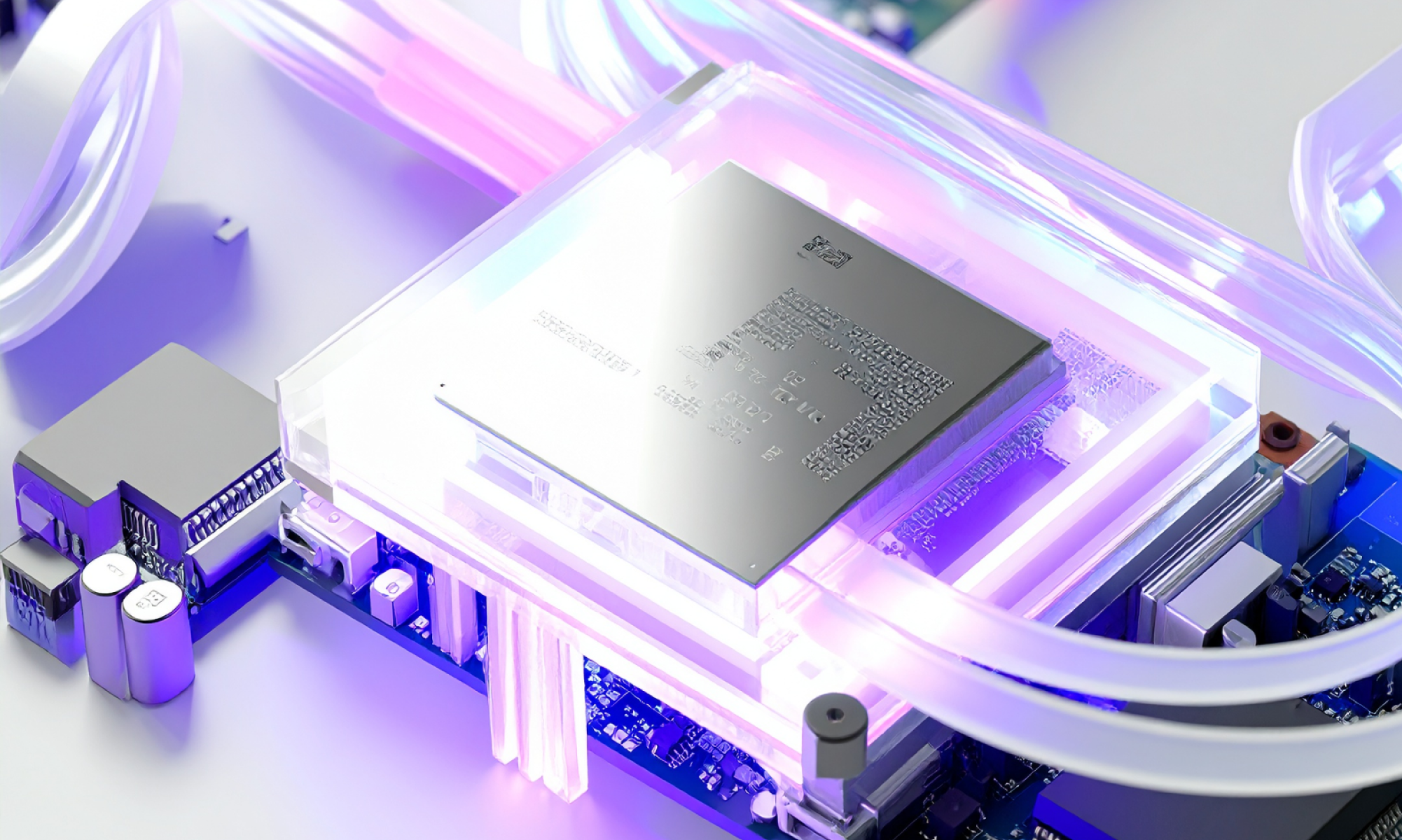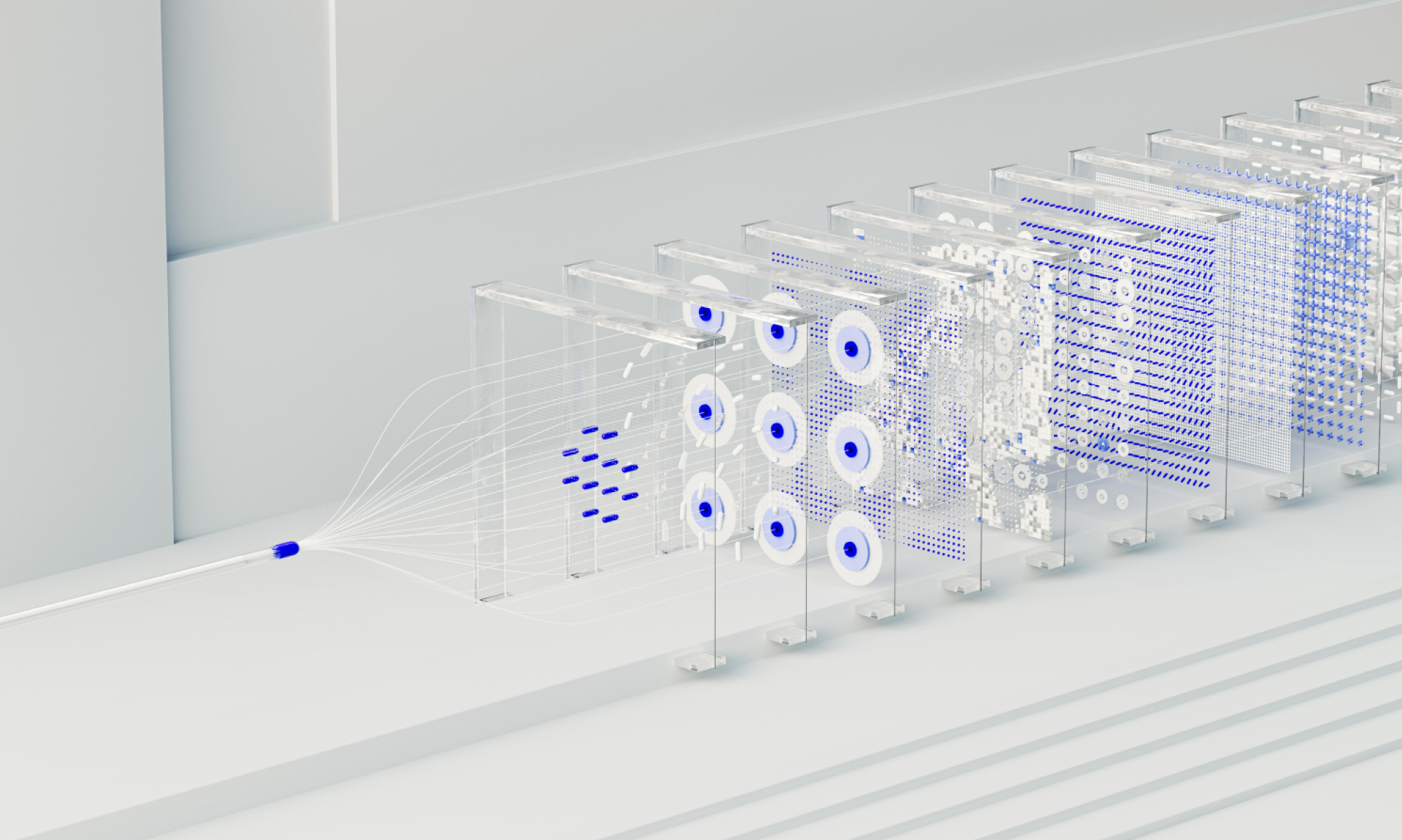AI
our blog
How Expensive is it to Develop an App?

Price is something every founder worries about. The build costs of an MVP are a very real 'barrier to launch' for a lot of startups, and it's essential to educate yourself on the costs of launching a real product.
Let's run a cost analysis on your minimum viable product. Do your expectations match reality?
1. Choosing a platform
Before we begin, we first have to determine what the best platform for your app will be. There are three distinct categories of app development:
Native apps:
Native apps are products designed exclusively for a particular device or group of devices. They typically run in the 'native' environment of the platform - i.e. from the device desktop or app repository - and make use of device-specific features. For example, a native app may be designed exclusively for use on iOS or Android.
Web apps:
Web apps are designed to be accessible in a web browser and are generally device agnostic. This universal accessibility gives them an edge over native apps, but they are often more difficult to integrate with device-specific technologies, such as location tracking, movement sensors etc. Salesforce and trello are good examples of these kind of apps.
Hybrid apps:
Hybrid style apps lie somewhere in between these two extremes. They will often look just like a native app, complete with a desktop/repository icon. However, they actually run in custom web browsers, typically at full-screen resolutions, by hosting WebView inside a native container. The capabilities of hybrid apps are extremely varied, but can include device-specific tech.
2. The phases of app development
Apps don't appear overnight!
"There's a fair amount of planning you'll have to go through to get your MVP up and running."
Make sure you carefully go through each of the phases below.
Idea generation:
Your app idea should grow organically from a very real problem - preferably one you've experienced yourself. Make sure you know who this problem affects, and all the potential ways of solving it, before moving forward.
Scoping phase:
Scope out a solution with the minimum required functionality to solve your problem. You'll need to account for the technologies you'll use, necessary functions, and design assets. Getting all this together can take time, but it’s worth doing it right!
Wireframe phase:
This is where you put pen to paper and plan out every screen and every function of your app. Look to gain a powerful awareness of how the various aspects of your app interact with each other, as well as the processes that your user will go through.
Design phase:
The fun part! This is where you get to design the look-and-feel of your app and make it look phenomenal. Use high definition displays to get it looking really great.
Development phase:
Finally, you can send your designs off to the coders and get your app working for real! Roll out it to your target platform as soon as possible to start getting feedback from your market.
3. Price vs complexity
Remember that "the more complex your product is, the more it’s going to cost in the long run!"
Apps can be very simple on the face of things, but actually require a lot of backend development to make it function correctly. Dating apps like Tinder are a prime example of this. Be prepared to spend a good few months in the development phase!
4. And finally... the secret of success is...
Getting a proof-of-concept and testing your idea with your early adopters as well as building, getting feedback, iterating and learning from every step of your journey!
And that's it! If you have any more questions about pricing please drop us a line at hello@studiographene.com. We look forward to hearing from you soon!









